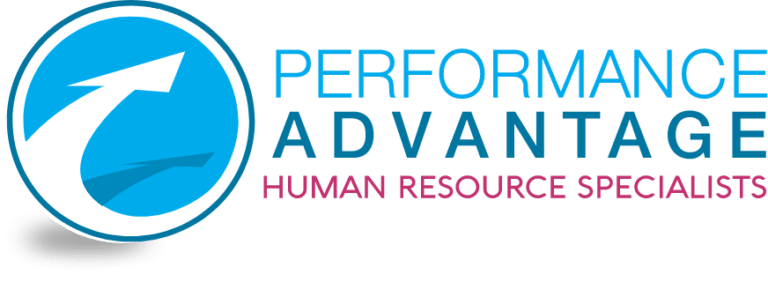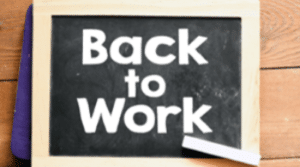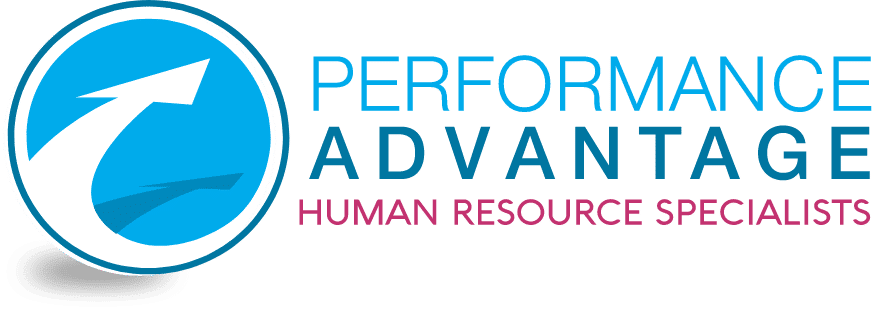
Working from home: Making it work for employers
Although 2022 has brought new challenges for businesses everywhere, we have thankfully put the worst of the pandemic behind us as we now dive into the ‘new normal’ many of us have heard about in the news and media.
Part of this new normal involves working from home being implemented as a new way of working. In most cases, it has become a permanent fixture in the 21st century workplace.
Now that it’s here and it’s unlikely to disappear anytime soon, we thought we would give some attention on how employers can make it work. Most online resources seem to be targeted towards employees, so we have provided our own guidance for employers below.
Establish and maintain effective communication channels
This will form the backbone to any successful working from home arrangement you have. Many of us have become familiar with Microsoft Teams, Zoom and/or WebEx over the previous few years, but as we return to the office (even on a part-time basis) it is important to keep these communication methods alive and well. Although many of us expected most meetings to shift to emails only, this did not happen. This is because there is no substitute for staff having stronger, more flexible communication methods (such as emails and Zoom/MS Teams).
As many of you can likely confirm, problems will still arise even if not all staff are in the same premises at any given moment. Keeping staff in touch with you and with each other will mitigate any potential problem or painpoint which arises during the business day.
Ensure staff have set up an appropriate workspace
Many news articles or segments on TV give the impression that working from home involves lying back on the couch with a laptop. While it is often intended an exaggeration, this is furthest thing from a safe workspace.
It is important to stress that an employer’s OH&S obligations still apply to the workspace staff have set up in their own home. Injuries and hazards are still present in the home, so it is important to ensure that staff have furniture with the appropriate ergonomics and lighting required to complete their work. Tripping hazards and ventilation issues also need to be addressed as well. All of this means that employers cannot relinquish their responsibility to provide a safe workplace simply because a manager cannot walk over to a workspace and inspect it in person.
A good step to take in this instance is to implement a policy about the type of workspace you expect staff to establish, or at least amend or add to the policy which already applied to staff workspaces in the office. We have ‘off the shelf’ policies ready to purchase on our website here if you are unsure what you need. You can also email me if you discuss this matter further.
Maintaining team culture and morale
Another lesson learned over the pandemic is how important staff interaction was to a staff member’s overall mental health and attitude towards their work. While many people expected staff mental health generally to improve once working from home was implemented, many studies had shown that the opposite had occurred.
This is an important and often overlooked issue, as the stress of work and home life can collide with one another in way which can compound its negative effects on staff. Regular contact with staff around work practices and supports are necessary to stop this, as it could otherwise lead to staff isolating themselves from managers and their colleagues.
Addressing this can be very simple, however. Employers should be encouraging staff to take their regular breaks, even if it means the staff member going for a walk around their neighbourhood. Regular, informal meetings where staff can discuss non-work related matters are also encouraged. Both these strategies are simple, but effective.
Work has changed, so businesses need to change too
What working from home has shown us is that the only constant in the business landscape is change, so businesses need to adapt and respond to the various changes the last few years have created.
While it can become overwhelming, Performance Advantage provides guidance and strategies to businesses who need assistance with OH&S, Human Resources or similar matters, including how to implement a successful working from home policy and programme.
If you would further information on our guide or if you need help formulating a plan for this time of year, please contact me at suzanne@performanceadvantage.com.au
Suzanne Diprose, Director
Suzanne@performanceadvantage.com.au
0408 897 079





